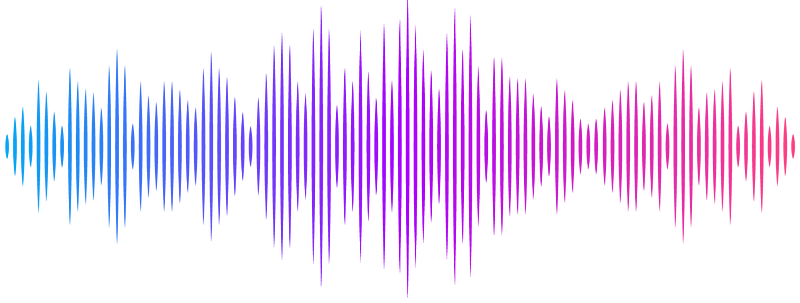Exploring sex-specific neuroendocrine influences on the sensorimotor-association axis in single individuals

Exploring sex-specific neuroendocrine influences on the sensorimotor-association axis in single individuals
Serio, B.; Yilmaz, D.; Pritschet, L.; Grotzinger, H.; Jacobs, E. G.; Eickhoff, S. B.; Valk, S. L.
AbstractHuman neuroimaging studies consistently show multimodal patterns of variability along a key principle of macroscale cortical organization - the sensorimotor-association (S-A) axis. However, little is known about day-to-day fluctuations in functional activity along this axis within an individual, including sex-specific neuroendocrine factors contributing to such transient changes. We leveraged data from two densely sampled healthy young adults, one female and one male, to investigate intra-individual daily variability along the S-A axis, which we computed as our measure of functional cortical organization by reducing the dimensionality of functional connectivity matrices. Daily variability was greatest in temporal limbic and ventral prefrontal regions in both participants, and was more strongly pronounced in the male subject. Next, we probed local- and system-level effects of steroid hormones and self-reported perceived stress on functional organization. Our findings revealed modest effects that differed between participants, hinting at subtle -potentially sex-specific- associations between neuroendocrine fluctuations and intra-individual variability along the S-A axis. In sum, our study points to neuroendocrine factors as possible modulators of intra-individual variability in functional brain organization, highlighting the need for further research in larger samples.
